Employees have unique employeeID but I understand best practice is to
still have a id?
No. (But keep reading.) You need an id number in two cases: 1) when you don't have any other way to identify an entity, and 2) when you're trying to improve join performance. And that doesn't always work. ID numbers always require more joins, but when the critical information is carried in human-readable codes or in natural keys, you don't need a join to get to it. Also, routine use of ID numbers often introduces data integrity problems, because unique constraints on natural keys are often omitted. For example, USPS postal codes for state names are unique, but tables that use ID numbers instead of USPS postal codes often omit the unique constraint on that two-character column. In your case, you need a unique constraint on employee number regardless. (But keep reading.)
Employees have a manager.
Does the table "team" implement this requirement? If the "manager" table identifies managers, then your other manager columns should reference "manager". (In this diagram, that's customers, team, and customer_orders.)
Managers are employees.
And that information is stored in the table "manager"?
Customers have a manager associated with them.
And so does each order. Did you mean to do that?
Employees may have a academic, certification and/or professional
information.
But apparently you can't record any of that information unless you store a skill first. That doesn't sound like a good approach. Give it some more thought.
Whenever you design tables with overlapping predicates (overlapping meanings), you need to stop and sit on your hands for a few minutes. In this case, the predicates of the tables "employees" and "customers" overlap.
If employees can be customers, which is the case for almost every business, then you have set the stage for update anomalies. An employee's last name changes. Clearly, you must update "employees". But do you have to update "customers" too? How do you know? You can't really tell, because those two tables have independent id numbers.
An informal rule of thumb: if any real-world entity has more than one primary key identifying it in your database, you have a problem. In this case, an employee who is also a customer would have two independent primary keys identifying that person--an employee id and a customer id.
Consider adding a table of persons, some of whom will be employees, and some of whom will be customers. If your database is well-designed and useful, I'll bet that later some of the persons will be prospects, some will be job applicants, and so on. You will need an id number for persons, because in the most general case all you can count on knowing is their name.
At some point, you'll have to take your database design knowledge to the next level. For an early start, read this article on people's names.



